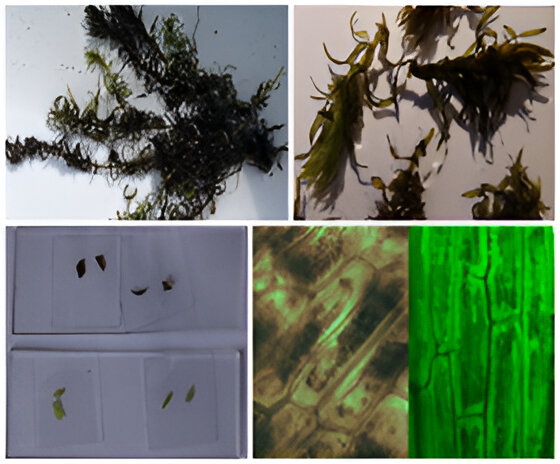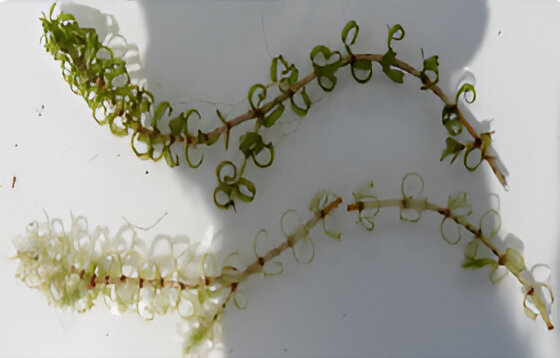
algae, and aquatic plants








Recent research has highlighted the effects of certain substances on aquatic plants and cyanobacteria. Experiments have demonstrated a herbicidal effect on elodea, submerged plants found in lakes and rivers, resulting in the darkening of their foliage. This phenomenon is due to the penetration of a complex active substance associated with iron, which accumulates inside the cells and causes their destruction.
Furthermore, these same substances have been observed to cause discoloration of aquatic plant leaves through the destruction of chlorophyll in the presence of oxidative stress. This discovery is of great importance as it can help control the proliferation of these plants, which can become invasive in certain ecosystems.
Additionally, cyanobacteria have also been subjected to biocidal effects, causing their elimination. Cyanobacteria are microscopic organisms commonly found in lakes and rivers, and their excessive proliferation can cause serious issues for the ecosystem. The substances studied have shown potential in combating this proliferation, yielding very encouraging results.
These findings underscore the importance of research in aquatic ecology and pave the way for new applications in managing these ecosystems. It is crucial to continue these studies to better understand the impact of these substances and to develop sustainable solutions for preserving aquatic environments.
